Common basic knowledge of hand-brewing Coffee and the difference between hand-brewing Coffee and American style
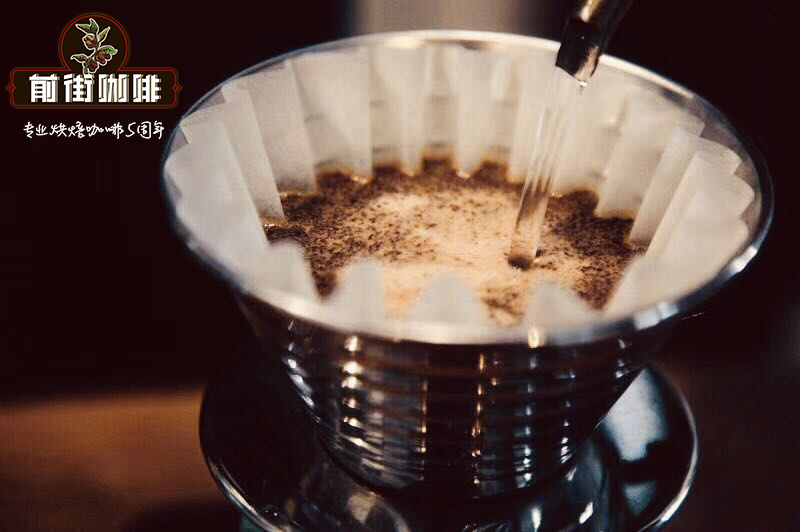
Professional coffee knowledge exchange more coffee bean information please follow the coffee workshop (Wechat official account cafe_style)
The main key role of hand-made coffee is the filter cup. Through the unique function of the coffee filter cup, we only need a simple water supply action to extract the substance from the coffee particles. Next, we will adopt the principle of going from shallow to deep, and with you, we will explain step by step why we have to do so.
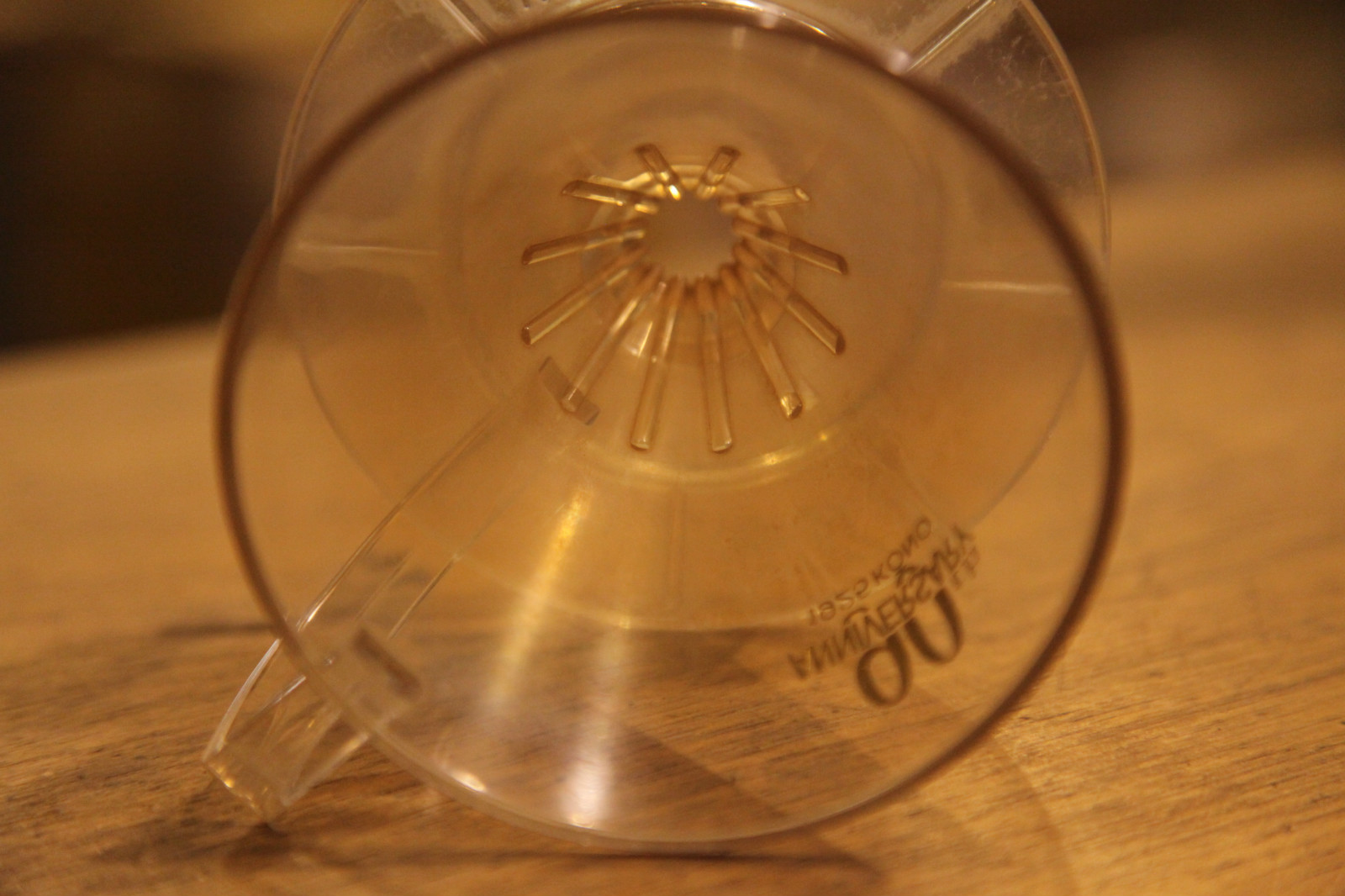
Do you find that you can't get into the water by injecting coffee by hand and steaming?
The function of steaming is to let the hot water slowly seep into the center of the coffee powder so that the substance in the coffee powder dissolves in the hot water first to form a high concentration of coffee liquid. In the second brewing, using the physical phenomenon of the concentration, the high concentration (steamed coffee liquid) moves to the low concentration (hot water) and reaches the middle concentration (the concentration is the same).
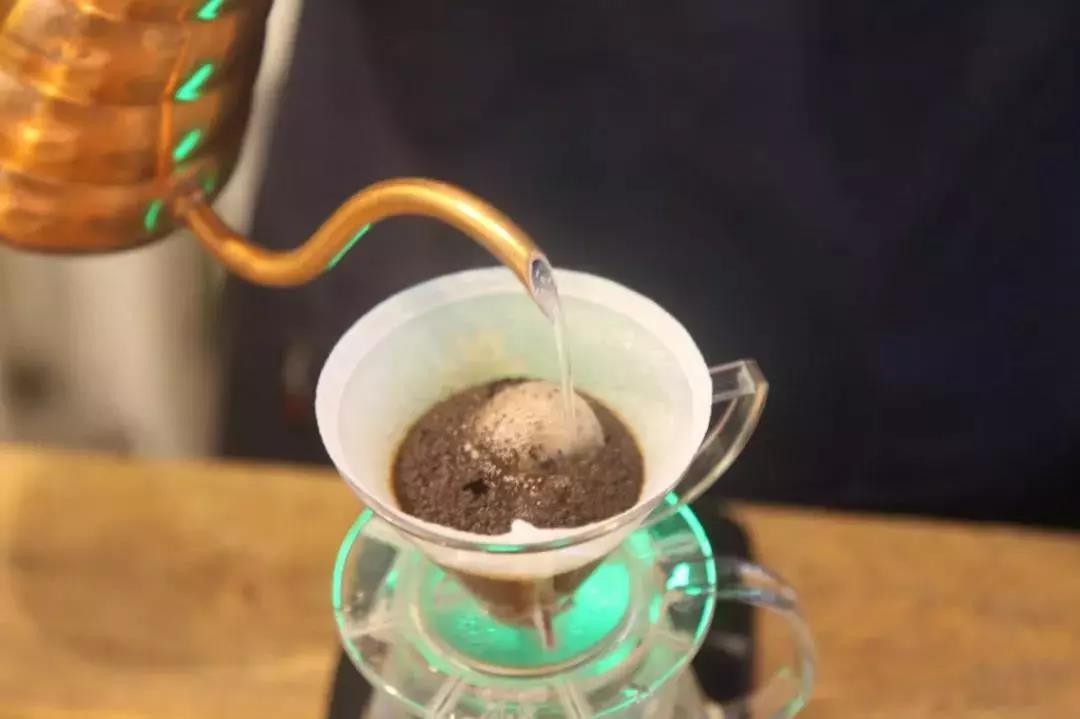
So if there is too much steaming water, dripping a large amount of coffee liquid, the situation is that the falling water does not stay but directly brings out the substance outside the coffee powder. When the outer layer of the coffee powder is dissolved, the inner layer of the coffee powder or dry hot water seeps into the inner layer of the coffee powder, and the miscellaneous taste and astringency of the outer layer of the coffee powder begin to dissolve. The coffee brewed in this way is not only light, but also has an exquisite mixed smell.
If the amount of stuffy steam is insufficient and no water droplets fall at all, then the coffee powder is not fully absorbed and some coffee is not exhaust enough, which will lead to insufficient extraction--
This time, let's talk about two common hand punching methods, and introduce their settings before we formally say it.
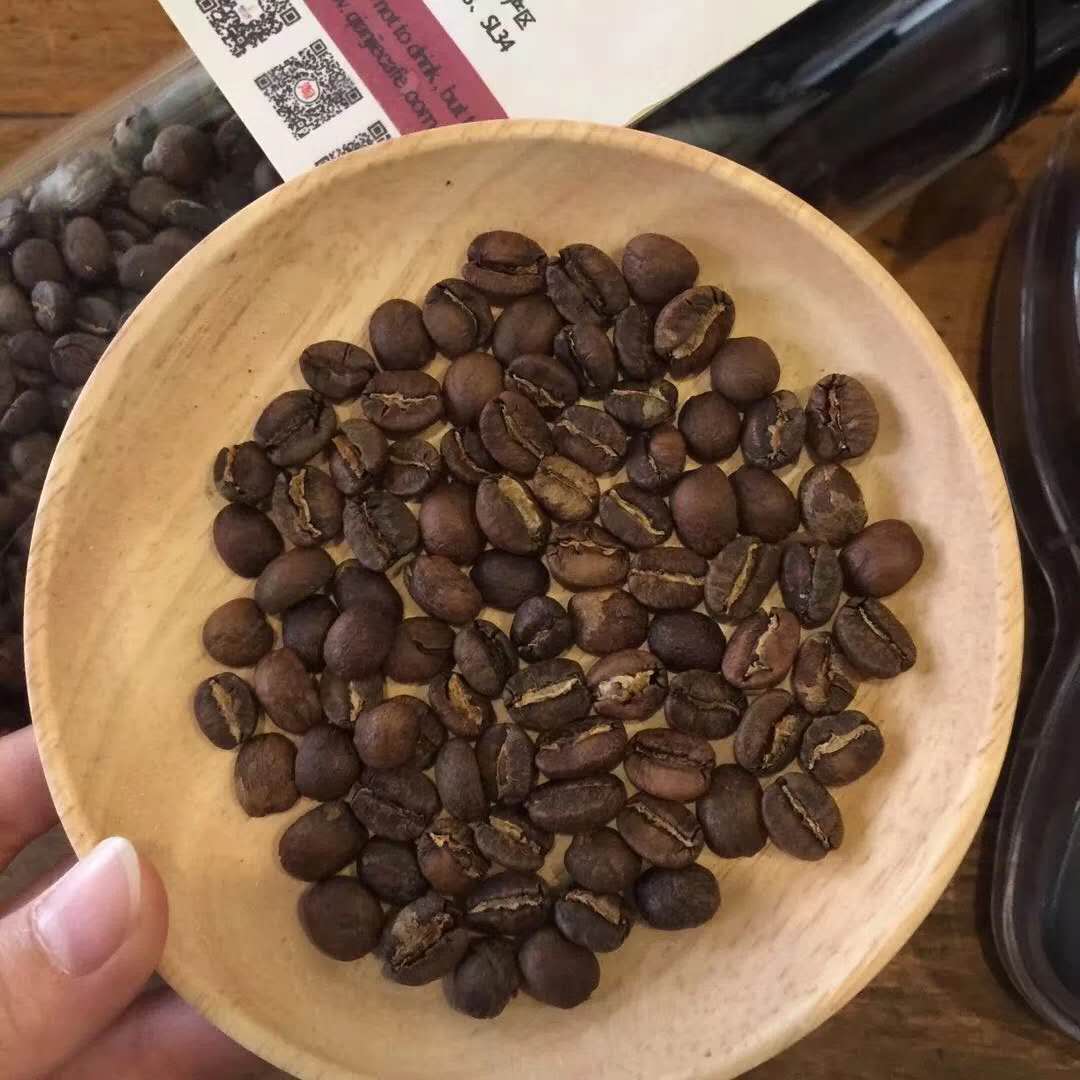
Coffee beans: Kenya Asali
Degree of grinding: BG grinding 5m (60% of Chinese standard No. 20 screen pass rate)
Water temperature: 91 ℃
Ratio: 20g:260ml (1:13)
Prepreg setting: 40-45ml / 30-35sec after falling into the water
(1) continuous water method)
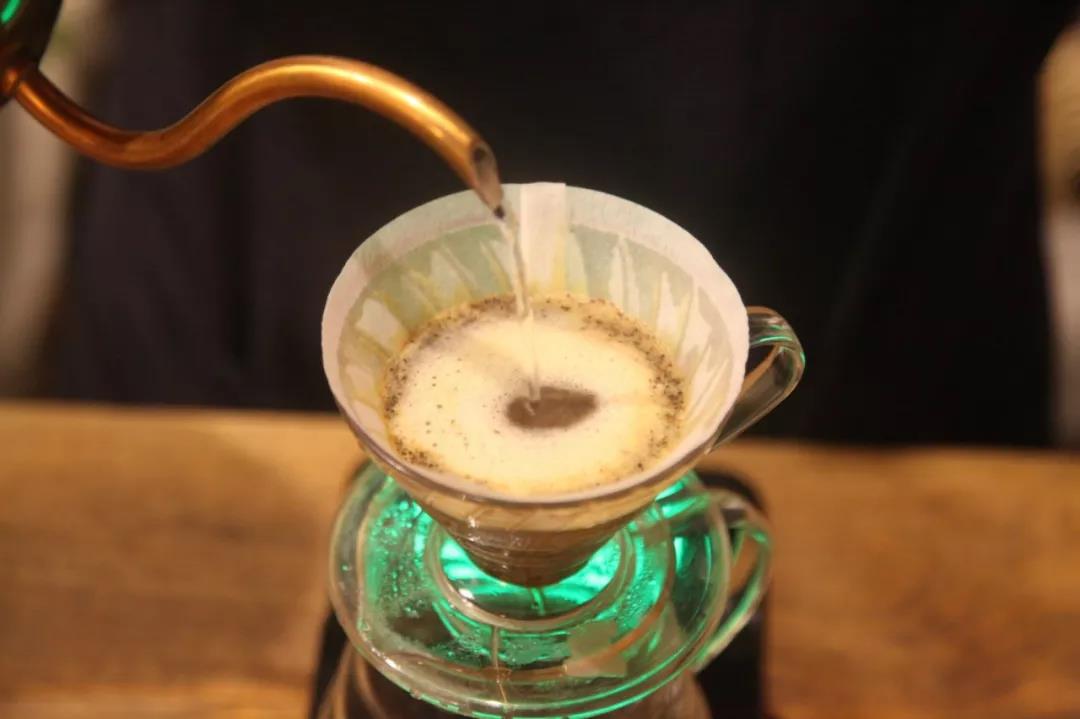
There is no doubt that six of the ten coffee shops like to use the "continuous water method", and most of them are rated as "entry-level", because this technique requires "stable young flow", which is also the first problem that people who rush their hearts often face.
After pre-immersion, it falls back into the water in circles from the inside to the outside and stays in the middle for a long time because the cooking tool is tapered. Coffee powder can be extracted more in the center, so balanced extraction is also the technical point of this technique.
In terms of brewing time, it took about two minutes from the beginning to the end, because the water was slow and soft, allowing the coffee powder to continue to soak and extract and filter out the coffee.
Summary
Advantages: this technique enables coffee to maintain its proper acidity and sweetness (this cup is like a raisin) and its caramel-like rhyme is longer.
Disadvantages: but the body and flavor is not too prominent, a little pale feeling.
(coffee powder layer after brewing)
(2) Water cut-off method)
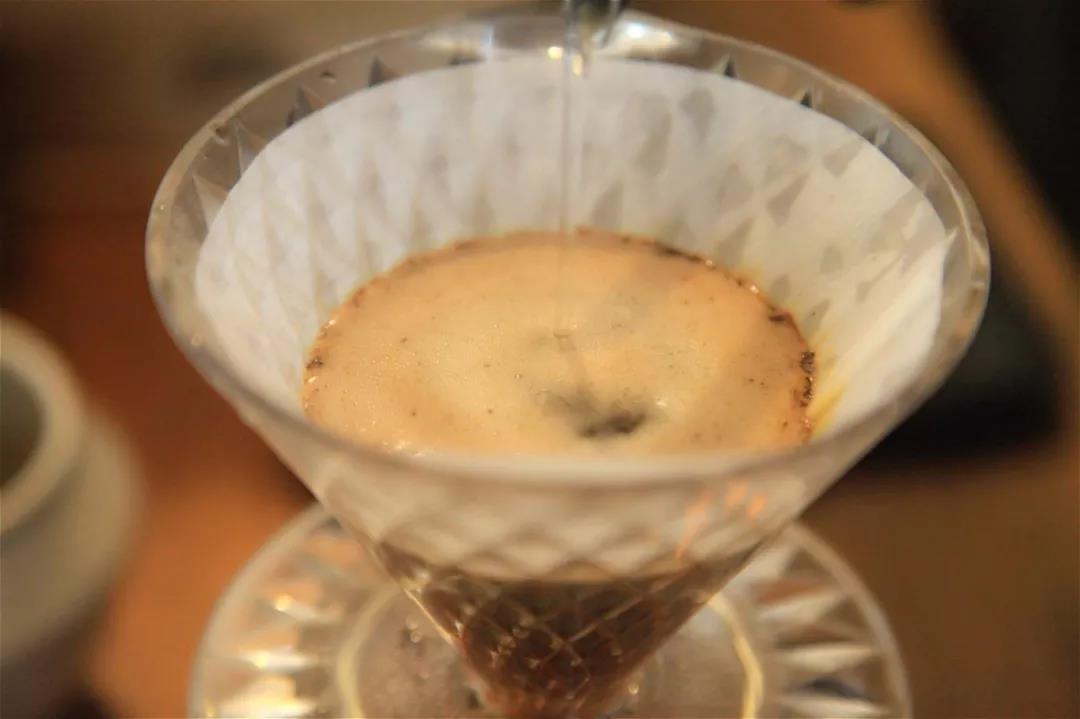
At first, when this technique was not popular, it was praised as an informal technique.
It is important to know that extracted coffee is divided into three parts: "sour", "sweet" and "bitter", and the water cut-off method strengthens or weakens the extraction of each part.
In the first water injection after pre-soaking, a large water column was used to "tumble" the coffee powder and raise the water level.
The second water injection uses a small water column to "tumble" the coffee powder, this time it is not as exaggerated as the first water injection, and the water level will not exceed the coffee powder that has been pushed, and the last water injection uses a small water column to slowly make the coffee powder "soak" rather than "tumble".
"tumbling" is actually a concept of "extraction", which is to stir the coffee powder in water to increase the extraction. This is like the principle of making tea bags. "soaking tea bags" and "stirring tea bags" can also make a cup of tea in the end, but the latter has more extraction.
However, it should be noted that only 30% of the soluble flavor of coffee is extracted, and the rest is insoluble in water. If excessive tumbling has the opportunity to make "overextraction", so the first two tumbles are for. Improve the "sour" and "sweet" of the extracted coffee, and the last note does not roll in order not to make the bitterness stand out.
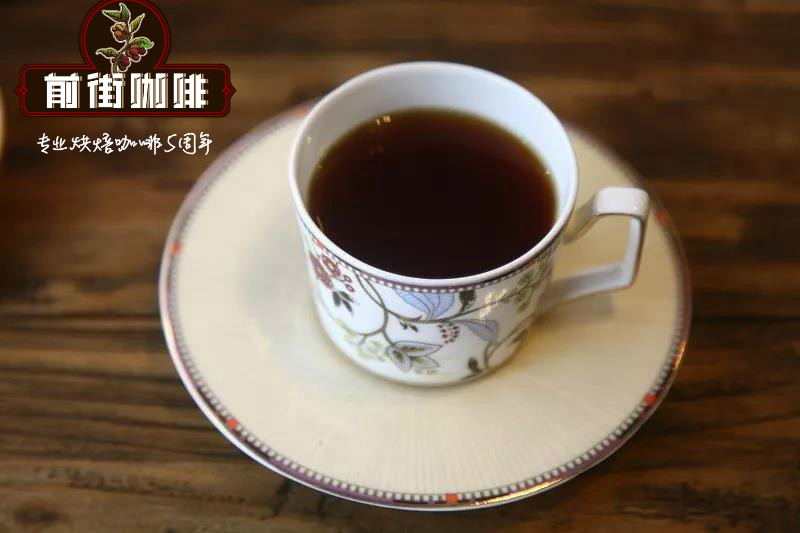
Summary:
Advantages: this technique improves the extraction of sweet and sour parts.
"raisin-like flavor" immediately rose to "blackcurrant juice".
Disadvantages: but aftertaste is relatively short and weak when heated and frozen.
Important Notice :
前街咖啡 FrontStreet Coffee has moved to new addredd:
FrontStreet Coffee Address: 315,Donghua East Road,GuangZhou
Tel:020 38364473
- Prev
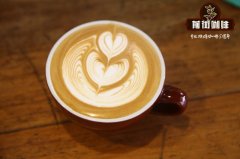
Which coffee roasting degree is refreshing? Relationship between roasting degree and caffeine content of coffee
Professional coffee knowledge exchange more coffee bean information Please pay attention to the coffee workshop (Wechat official account cafe_style) Coffee is almost an indispensable companion for modern people in the morning, without caffeine, the body does not seem to have entered the awake mode. But which kind of coffee bean has more caffeine? Let's take a look at the Tasting Table report. Anyone, whether it's experience.
- Next
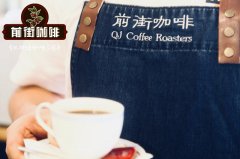
2016WBC champion hand brewing coffee five techniques four or six brewing parameters
Professional coffee knowledge exchange for more information about coffee beans, please follow the coffee workshop (Wechat official account cafe_style) Tetsu Kasuya, a systematic punching method worth learning. Tetsu says modestly that he is neither a bean baker nor a coffee farmer, he is just a barista who invests all his enthusiasm in brewing and presents it to everyone. Sun in Rose Summer, Ninety Plus. Hario V60
Related
- Beginners will see the "Coffee pull flower" guide!
- What is the difference between ice blog purified milk and ordinary milk coffee?
- Why is the Philippines the largest producer of crops in Liberia?
- For coffee extraction, should the fine powder be retained?
- How does extracted espresso fill pressed powder? How much strength does it take to press the powder?
- How to make jasmine cold extract coffee? Is the jasmine + latte good?
- Will this little toy really make the coffee taste better? How does Lily Drip affect coffee extraction?
- Will the action of slapping the filter cup also affect coffee extraction?
- What's the difference between powder-to-water ratio and powder-to-liquid ratio?
- What is the Ethiopian local species? What does it have to do with Heirloom native species?

